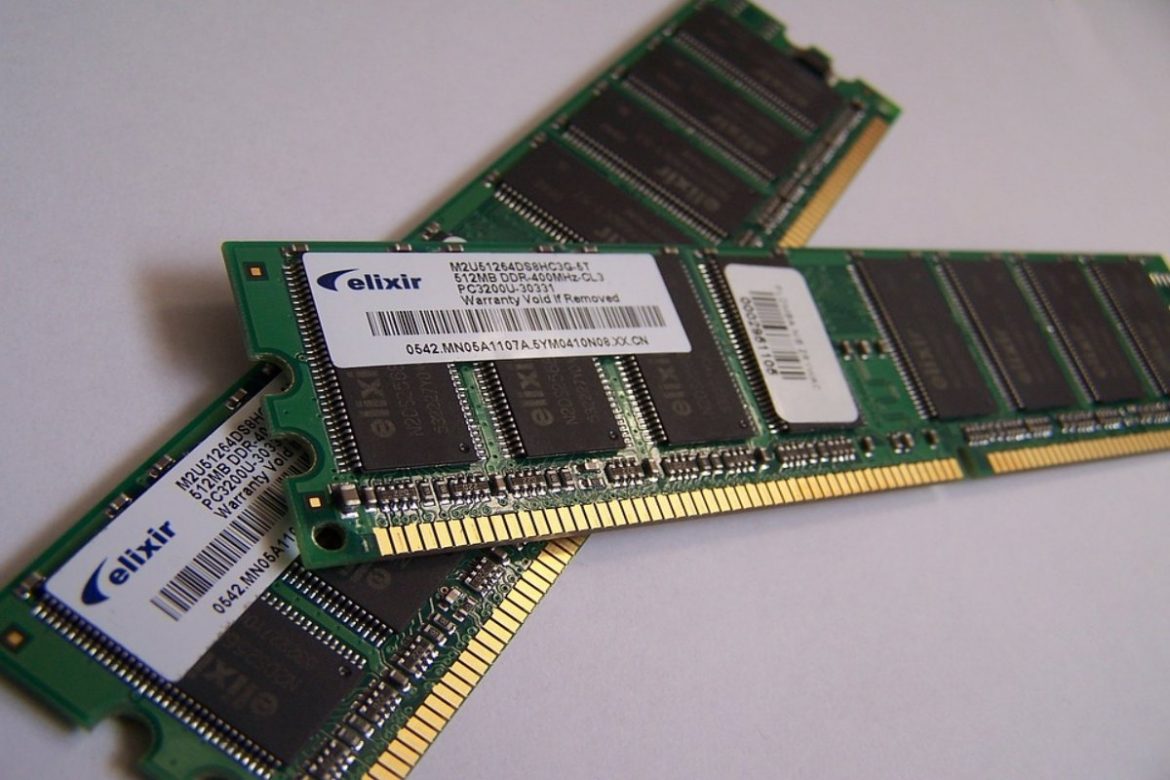If you are frustrated by the lack of responsiveness of your computer, the memory (RAM) is surely faulty. Let’s see if a memory upgrade will fix your Computer’s sluggishness and finally give you the speed you demand!
Table of Contents
Signs That Your Computer Needs More RAM
When you find that your computer is too slow, freezes, or stops: “Should I add more memory to my Computer? The very first question(query) you have to ask yourself. Unfortunately, it’s only when a problem reoccurs that users start looking if they have a more serious problem with their hardware. Usually, it’s just a matter of finding a quick fix or restarting the Computer to finish emailing or surfing the Internet. The problem is then carried over to the next use of your Computer.
But if you see the hourglass icon constantly and your screen freezes, it’s probably time to add memory to your computer.
Also Read: What is Smartwatch and Fitness Tracker?
How do I Know Right Away if I Need More Memory?
It is not easy to diagnose a lack of RAM. So here are some simple, but useful indicators that will tell you if your computer needs a memory upgrade.
If any of these symptoms sound familiar, you may need to add more RAM to your Computer:
- Daily tasks are difficult due to poor performance
- Programs regularly stop working
- Your Computer is always late when typing text
- There is a wait time between when you click or select an icon
- Navigating between several programs is almost impossible
- Working on a spreadsheet slows down your Computer
- You receive system notifications that your memory is low
- System updates prevent you from working because your computer is too slow
- You have display issues, such as pages that are only half loaded, if at all, or have white areas where there should be data
- You try to open applications or documents, and the system stops responding
How Does More Memory Help You?
Almost all of the operations you do on a computer rely on sufficient memory, whether it’s moving your mouse cursor, which consumes little RAM or navigating between several open applications, which requires a large amount of memory. Your Computer also performs processes that run continuously in the background, such as system updates and security software, which may use a large portion of your Computer’s RAM. In short, the more things you do on your computer, the more gigabytes (GB) of RAM you need. And you will surely need to add more memory in the future.
Find Out How Much RAM or Memory is Installed in your Device
Computer manufacturers generally do not equip their systems with maximum [memory] capacity to keep prices as low as possible. For example, if a desktop computer can accommodate 32 GB of memory, it will usually be sold with 4 or 8 GB. Here is another reason why a [memory] upgrade fixes the problem: It is almost always possible to improve the memory. Performance. Now let’s see how much [memory] your system has:
If you have a PC, here is the procedure for Windows 10:
- Click on the Windows logo or the Start button on the taskbar
- Right-click on Computer
- Click Properties
If you have a Mac, here is the procedure for OS X Sierra
- Tap or click on the Launchpad icon in the Dock
- Click on Other
- Click System Information
See “Installed Memory” for the amount of RAM(Random Access Memory) installed.
Also Read: What are PLC Devices?
How to Upgrade Your RAM(Memory)?
Adding more [memory] is the fastest, cheapest, and easiest way to improve your system’s performance. This is an upgrade that provides instant results, as it fixes the issues listed above at the root level. Use the Crucial System Scanner below to find out how much your system currently has, its maximum capacity, and to view a list of memory upgrades compatible with your Computer.
How do I Know if I Will Need More RAM in the Future?
The minimum requirements for each application keep changing. Still, it is possible to equip your computer with enough memory to avoid having to upgrade it every time you install a new program. Maximizing the installed RAM will usually suffice until you change computers, so it is in your best interest to add more memory to your system.
Here are some reasons why it is desirable to upgrade your Computer’s memory:
Updating your Operating System
Since your Computer’s operating system uses hardware resources such as RAM to function properly, it has a major impact on the overall performance of your machine. Generally, a new version of an operating system requires more memory than its predecessor. Adding memory when you upgrade your operating system ensures a smooth transition, prevents potential problems and helps optimize your system performance.
Install New Software and Hardware Components
New software generally requires more memory than its predecessors, including productivity applications, such as image editing software, videos, and games. In addition, new components, such as graphics cards, storage media, and even the processor, require enough memory to deliver the advertised level of performance.
To ensure that your system has enough [memory], check the minimum requirements for each component and add enough RAM to your system to keep it running optimally.
Buy a New Computer
This is especially true with entry-level computers that have minimal [memory]. However, before paying more for a computer with more RAM, check for upgrades to that system with Crucial Advisor or System Scanner tools. You might find affordable upgrades that will save you money while greatly improving performance.
Adding memory to your Computer will give you the resources you need to run multiple applications seamlessly. Stop waiting for your Computer to respond and install more RAM now!
Also Read: How to Browse Privately from Chrome or Firefox?


